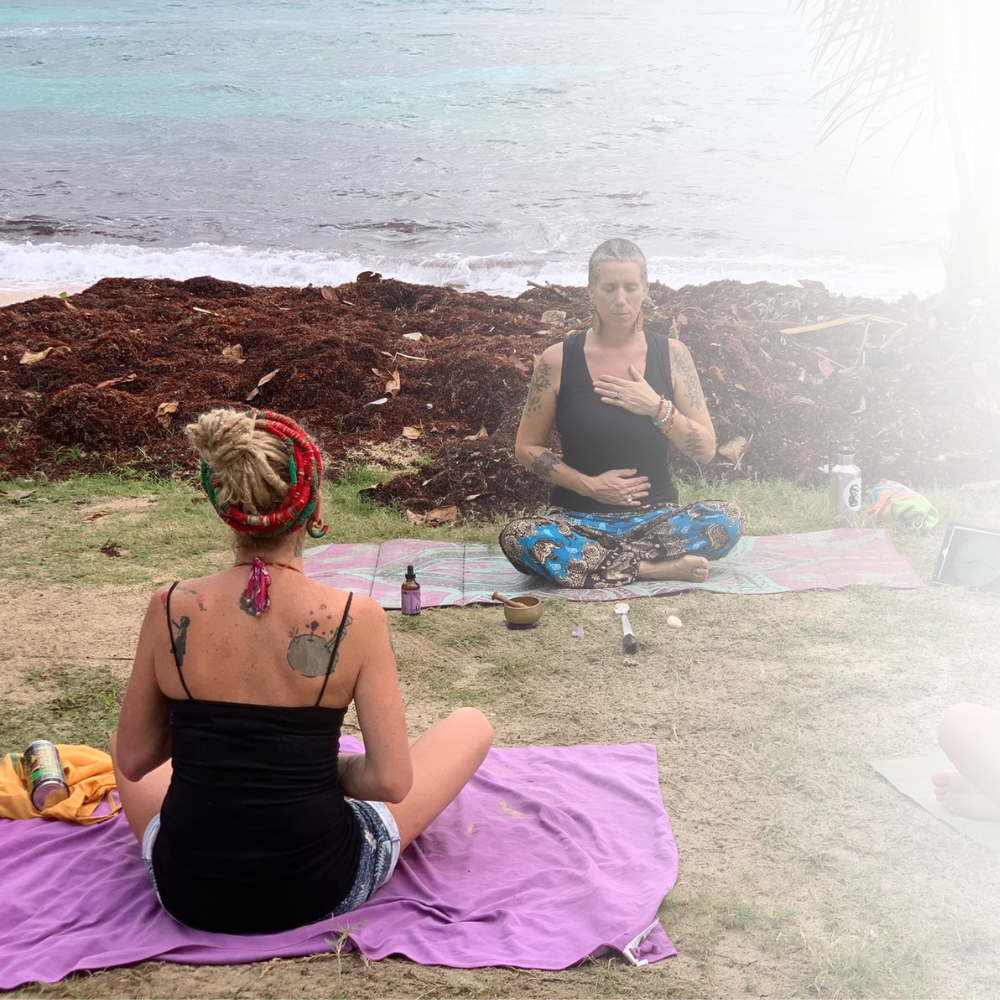
The Ultimate Guide to Burnout
The Ultimate Guide to Burnout Table of Contents
- What is burnout?
- Prevalence of burnout
- What are the 12 stages of burnout?
- How can you recognize burnout in yourself?
- What is the Maslach Burnout Inventory (MBI)?
- The 6 domains that contribute to workplace burnout
- Who is most susceptible to burnout?
- How can burnout be prevented?
- What does burnout recovery look like?
- Burnout summary and key points
- References
1. What is burnout?
The term “burnout” was first created in the 1970’s by an American psychologist named Herbert Freudenberger in an effort to describe what happened to those in the helping professions due to severe stress and high ideals. Research unequivocally shows that burnout is an organizational issue, not simply an individual issue and burnout for you may not look the same as burnout for someone else. Burnout is unique to each person in terms of how you get there, why you get there, and how to recover and this guide is intended to help you to see the pathway to and from burnout.
In 2019, the World Health Organization (WHO) included an updated definition of burnout as a “workplace phenomenon” in the 11th revision of the International Classification of Diseases and stated that burnout is not a medical condition.
While burnout isn’t currently recognized as a medical condition itself, if left unexamined and untreated, burnout can take you down the road of complex physical and mental health conditions that may require medical intervention to address.
Burnout is defined by the International Classification of Diseases as:
“Burn-out is a syndrome conceptualized as resulting from chronic workplace stress that has not been successfully managed. It is characterized by three dimensions:
feelings of energy depletion or exhaustion;
increased mental distance from one’s job, or feelings of negativism or cynicism related to one’s job;
reduced professional efficacy.”
2. The Prevalence of Burnout
In 2022, the US Surgeon General issued a 76 page advisory on addressing burnout for health care workers. According to this advisory document, burnout amongst health care workers was elevated to “crisis levels” by the National Academy of Medicine, before the pandemic.
According to Future Forum’s global research on burnout in 2022, burnout is on the rise worldwide with more women and younger people reporting being affected. The statistics in their 2023 Winter Snapshot around burnout are quite alarming:
- 42% of global workers reported burnout in 2022–an all time high since May 2021 when Future Forum began tracking burnout
- 46% of women report burnout compared with 37% of men
- 48% of workers under the age of 30 reported burnout compared with 40% of workers aged 30 and above
RAND reported that 56% of teachers reported burnout in 2022.
I personally succumbed to burnout in 2017 and while I don’t have specific numbers or research for my two decades in public education, I know that I was not the only one suffering from burnout or on the path to burnout amongst my colleagues.
With the updated definition of burnout in 2019 from the WHO, the US Surgeon General’s advisory in 2022, and the alarming global workforce statistics reported by Future Forum, it’s safe to say that burnout is real and an effective response is needed to address this critical global issue.
According to the World Health Organization (WHO), burnout is a syndrome conceptualized as resulting from chronic workplace stress that has not been successfully managed.

3. What are the 12 stages of burnout?
According to the Journal of Psychiatry Research, the onset of burnout is gradual and cumulative. Burnout doesn’t happen overnight and it isn’t caused by the same factors for everyone.
The 12 stage model for burnout was developed by two psychologists, Herbert Freudenberger and Gail North; understanding these stages is critical to identifying, preventing, and treating burnout.
- The Compulsion to Prove Oneself: feeling like you constantly have to demonstrate your worth
- Working Harder: becoming a work “addict”
- Neglecting Needs: not sleeping or eating well, lack of social interaction
- Displacement of Conflicts: blaming others or your situation for all of your problems, including your stress level
- Revision of Values: your friends and family are no longer as important as your work
- Denial of Emerging Problems: intolerance; perceiving others at work as stupid, lazy, demanding, or undisciplined
- Withdrawal: avoiding or dreading social interaction, using alcohol or drugs to try to feel relief from stress
- Odd Behavioral Changes: changes in behavior such as impatience, aggression, and snapping at friends and family
- Depersonalization: feeling detached – seeing neither yourself nor others as valuable
- Inner Emptiness: feeling empty inside and to overcome this, looking for activity such as overeating, sex, alcohol, or drugs
- Depression: feeling lost and unsure, exhausted, future feels bleak and dark
- Burnout Syndrome: can include total mental and physical collapse; time for full medical attention
4. How can you recognize burnout in yourself?
According to Counseling Today, some signs of burnout that you can look for in yourself are:
- Chronic fatigue
- Quick to react with anger or suspicion
- Susceptibility to illness
- Forgetfulness
- Insomnia
- Loss of appetite
- Anxiety
- Depression
- Anger
For me personally, burnout looked like:
- Feelings of dread upon waking; thinking of work and the emails I had to answer right when I woke up (sometimes this would happen at 2:00 am and/or when my alarm went off in the morning)
- Calling in sick to work more frequently
- Frequent outbreaks of cold sores and yeast infections
- Crying in my car at work in between meetings
- Feeling deeply ineffective in my career
- Constantly thinking about work tasks that needed to be completed yet procrastinating; choosing to do only tasks that felt ‘simple’ to do (no energy for any creativity or problem-solving)
- Consistent feelings that it would never get better
Here’s a link to an online self-assessment burnout tool created by Stanford Medicine to give yourself some more information about where you may be at this moment in relation to burnout:
Online Stanford Burnout Self-Assessment Tool
5. What is the Maslach Burnout Inventory (MBI) assessment and can you use it to assess yourself for burnout?
The Maslach Burnout Inventory (MBI) was first created by Christina Maslach in 1981 and is currently in its fourth revision as the first scientifically developed measurement of burnout that is widely used in research studies around the world today.
The MBI aligns with the updated WHO definition of burnout and assesses the 3 areas of burnout separately: exhaustion, cynicism, and professional efficacy.
While the MBI is used in professional settings with individuals and the larger organization today, it’s imperative to note that this tool has been misused to diagnose burnout in an individual and that is not what it was intended for.
The MBI was intended to be used as a discovery tool in strategic conjunction with other relevant information to “…help leaders design effective ways to build engagement and establish healthier workplaces in which employees will thrive (see reference 4).”
If your workplace is using the MBI solely to determine whether or not the individual employees have burnout, this is not an appropriate use of this vital assessment tool.
6. The six domains that contribute to workplace burnout
The Substance Abuse and and Mental Health Services Administration released a comprehensive guide in 2022 for addressing burnout through organizational strategies and this document identified six domains that must be examined in order to effectively address burnout in the workplace:
- Workload
- Control
- Reward
- Community
- Fairness
- Values
To truly eradicate burnout in an organization, leadership must be dedicated to a deep and thorough examination of these six domains in addition to supporting staff at the individual level.
7. Who is most susceptible to burnout?
Burnout doesn’t happen to those who show up to work to “get the paycheck.” Burnout happens to people who care the most about the work they are doing and have a strong desire to do it well.
Here are some common characteristics and professions of people who experience burnout:
- those in the helping professions (think: health care workers, teachers, social workers, therapists, psychiatrists, etc)
- people with unhealed trauma unrelated to their current work situation
- people who take immense pride in their work ethic and dedication
- people pleasers
- people who believe asking for help is a sign of weakness
8. How can burnout be prevented?
Burnout can be prevented with a multi-tiered approach at both the organizational and individual levels.
At the organizational level, leadership must address the six domains that contribute to workplace burnout in order to create a culture of wellbeing within the organization.
Research shows that implementing a mentoring program within an organization where employees feel a connection in a mentor/mentee relationship contributes to the reduction of burnout.
At the individual level, burnout can be prevented by:
- Setting healthy boundaries
- A consistent self-care routine that addresses self-care in the physical, mental, emotional, and spiritual domains
- Alignment of personal values with the values in the workplace (for some, this may mean changing jobs/careers)
- Cultivating and sustaining healthy detachment from work
- Healing from previous trauma
In 2022, 42% of the GLOBAL workforce reported burnout (Source: Future Forum)
9. What does recovery from burnout look like?
There is no one-size-fits-all approach to recovering from burnout as how one gets to burnout is as unique as how one gets out of it. It’s important to remember that the best cure for burnout is prevention!
The following practices have been shown in research to effectively support with recovery and prevention of burnout:
- Mindfulness
- Yoga
- Meditation
- Somatic practices
- Cultivating compassion for yourself and others (yoga is a great practice for this!)
- Empowerment and a feeling of agency over one’s life and decision-making
- Reaffirming your social network
For me personally, recovering from burnout looked like:
- Changing careers
- An extended period of time off of working (I took an early retirement)
- Plenty of unstructured time
- Somatic practices to support with healing my nervous system from burnout and childhood trauma
- Changing habits that were not supporting my wellbeing: I quit drinking, I quit smoking cigarettes, I started going to bed early and limiting screen time, and many more!
- Shifting my mindset and perspective around work and getting clarity on my values
- Cultivating a slower pace of life
10. Burnout summary and key points
- According to the World Health Organization’s International Classification of Diseases in 2019, “Burn-out is a syndrome conceptualized as resulting from chronic workplace stress that has not been successfully managed. It is characterized by three dimensions:
- feelings of energy depletion or exhaustion;
- increased mental distance from one’s job, or feelings of negativism or cynicism related to one’s job; and
- reduced professional efficacy.”
- Burnout is on the rise globally and is prevalent amongst health care workers, teachers, mental health and behavioral workers, therapists, and the global workforce (with women and people under the age of 30 struggling the most with burnout).
- Burnout doesn’t happen overnight and there are 12 identified stages of burnout that were developed by two psychologists.
- Symptoms of burnout can differ for people and some of the common symptoms are: unrelenting exhaustion, cynicism, depression, anxiety, insomnia. Recovering from burnout can take years and it’s important to determine the causes of burnout unique to each individual to support recovery.
- There is no one perfect assessment to determine if an individual has burnout and it’s often misdiagnosed by doctors as something else, such as anxiety or depression. The Maslach Burnout Inventory (MBI) is a discovery tool that can be used at the organizational level to support with addressing burnout and creating systematic change but it is not appropriate to use this measurement to “diagnose” an individual with burnout.
- To effectively address burnout within an organization, six domains must be considered and addressed: workload, control, reward, community, fairness, and values.
- Those in the helping professions are most susceptible to burnout as well as women and those under the age of 30.
- Burnout can be prevented by making shifts at the organizational level and by supporting those at the individual level who are already struggling. Research indicates that a mentoring program within an organization is one effective approach to preventing burnout.
- Recovering from burnout is a lengthy and complicated road that looks different for each person. Prevention is a much better approach to burnout than addressing recovery.
11. References
- World Health Organization
- Counseling Today
- Psychiatry Research
- Maslach Burnout Inventory (MBI)
- Stanford Medicine
- 12 Stages of Burnout
- National Library of Medicine
- Substance Abuse and Mental Health Services Administration
- Burnout in the Helping Professions
- Future Forum
- RAND
- US Surgeon General’s Advisory on Burnout 2022
- Journal of Interprofessional Education and Practice
- Harvard Business Review
Disclaimer: This article is intended to be informative. This article is not intended as medical or mental health advice nor should the article or the Stanford self-assessment tool shared be used to diagnose burnout or any other medical condition. If you or someone you know is experiencing symptoms of burnout, I advise you to seek the appropriate medical and/or mental health care from a licensed professional.

Have you experienced burnout syndrome or symptoms of burnout? Please share your experience in the comments, I’d love to hear from you!